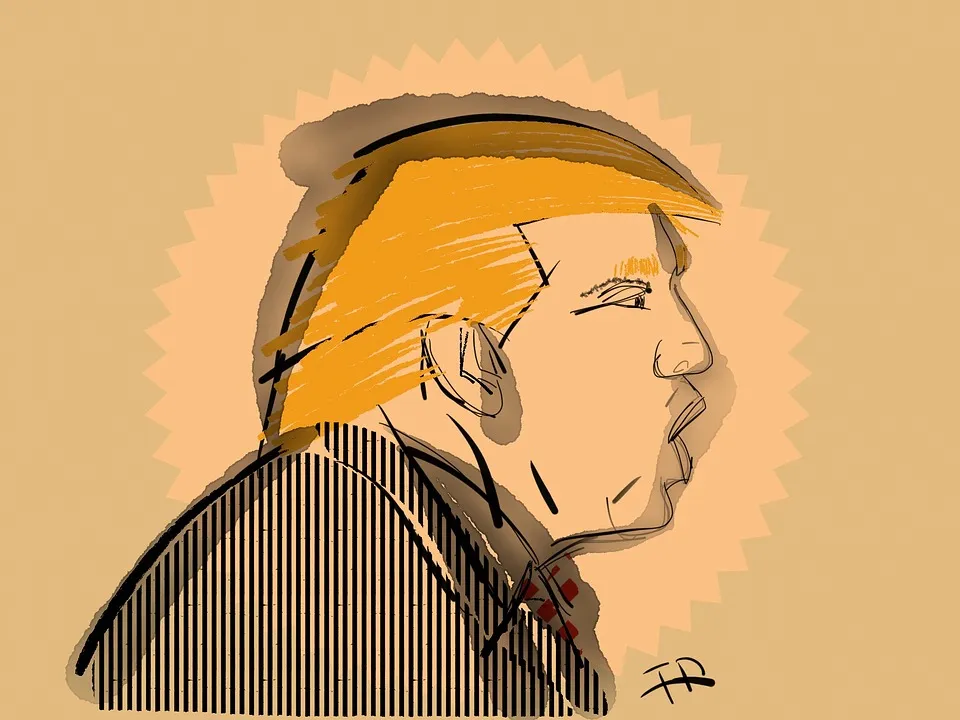Asia’s rapid ascendance in the global hierarchy has reflected in the priorities of the White House for the last decade and a half. Successive US administrations, despite getting bogged down with multiple crises in various parts of the world, have kept a firm eye on Asia as a rising China has challenged American superiority in the Asia-Pacific. George W Bush faced an unprecedented foreign policy challenge after the attacks of September 11, 2001.
Yet he managed to re-envision America’s role in Asia by offering India the landmark civilian nuclear energy cooperation pact. Barack Obama came to office with lofty ambitions of a great power condominium with China to manage Asia but he had to soon articulate his famous ‘pivot’ to the region. Though America’s growing economic vulnerabilities and never-ending challenges in the Middle East tested Obama’s foreign policy mettle, he will perhaps be most remembered for articulating a strategic shift of American priorities towards the Indo-Pacific.
However, as Obama leaves office, there is a sense that the promise of his ‘pivot’ to Asia remains unfulfilled. There is some despondency among American allies and partners in the region that Obama failed to challenge China’s aggression adequately and as a result China is more brazen than ever today. Critics also point out that Obama’s promise to increase US military prowess in Asia was undermined by his administration’s inability to allocate necessary funding to defence.
China’s rise continues to be the biggest strategic challenge facing the US. The Trump administration is coming to office with a distinctly hard-line stance vis-a-vis China. During his campaign, Trump was very critical of China, accusing it of being “the single greatest currency manipulator that’s ever been on this planet.” He had promised to label China a “currency manipulator,” a designation that might lead to penalties on China.
Read Also | < style="color: #960f0f">Trump and the world
Trump had slammed China for its trade policies as well, threatening to impose tariffs of between 35 and 45 per cent on Chinese exports to the US. He won the support of the Rust Belt voters in the US by hammering China about its ability to lure US industries to relocate to China and complaining that the trade relationship between the US and China remained extremely lop-sided.
After his election victory, Trump challenged the very foundation of longstanding China policy of the US when he became the first US President since 1979 to officially talk to the President of Taiwan. Taiwan’s President, Tsai Ing-wen’s phone call to the President-elect has raised hackles in Beijing. Chinese reaction has been very strong with the government’s mouthpiece, Global Times, warning Trump that China would “take revenge” if he reneged on the one-China policy. “Sticking to (the one China) principle is not a capricious request by China upon US presidents, but an obligation of US presidents to maintain China-US relations and respect the existing order of the Asia-Pacific,” the Global Times opined.
The Trump administration is clearly looking to set new parameters for its China policy by having a re-look at Taiwan, bolstering American naval presence in the Pacific, strengthening regional alliances and tightening economic screws on China. And China can certainly retaliate by becoming less cooperative with the US on issues such as North Korea and more aggressive in the South China Sea and Taiwan Straits.
This is the period when both Trump and China are testing each other as they try to set new boundaries for a relationship which is likely to be more adversarial in the coming years compared to the past. As a consequence, Sino-US ties are likely to be turbulent under the Trump administration.
This will open up new possibilities for India’s own engagement with China. Given the downward trajectory of Sino-Indian relations in recent months, Trump’s China policy might just give New Delhi some diplomatic space to manoeuvre.
This article was first published in DNA.
The views expressed above belong to the author(s). ORF research and analyses now available on Telegram! Click here to access our curated content — blogs, longforms and interviews.




 PREV
PREV


